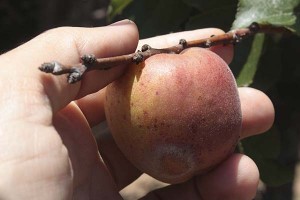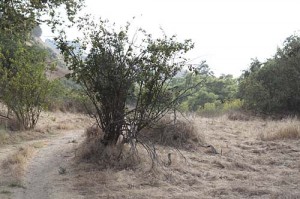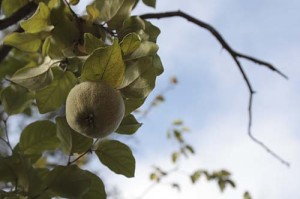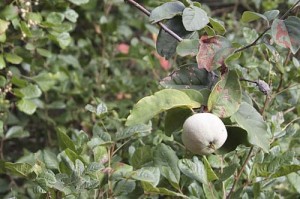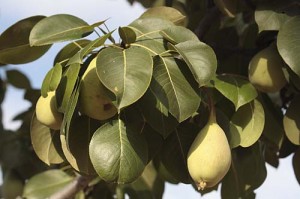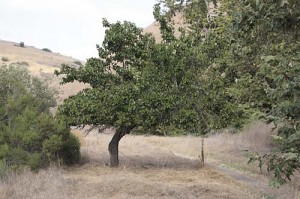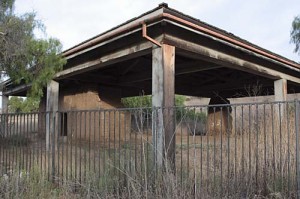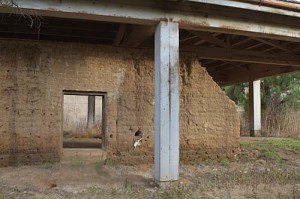Many of you are familiar with William Alexander’s book, The $64 tomato. In its pages he installs thousands of square feet of new garden space and then does the unthinkable–adding up how much it all cost him, down to how much it cost him for that Brandywine tomato he was holding in his hand. (Sixty-four dollars per tomato, as you might guess from the book’s title.)
Pricey, for sure, but in the end he comes to a conclusion about gardening: “It’s not about what it actually costs to eat this piece of fruit. It’s really about lifestyle.”
One of my little lifestyle indulges is apricots. I love apricots. John loves apricots. But the apricot-shaped objects you get in the stores around here have nothing to do with what the fruit should taste like.
It seemed like a no-brainer: We could plant a tree of our own. We could pick the fruit when it was ripe, not when it was deemed at the proper stage for picking and transport by some industrial fruit-growing outfit hundreds of miles away.
The real no-brain part of this adventure kicked in after we actually put the tree in the ground. Coastal San Diego has winters that tend to be too mild for apricots to set fruit, even if you select the low-chill varieties. The tree always blooms, usually just a few cluster of flowers on random stems distributed around the tree. I see bees visiting the flowers. I’ve even tried my hand at pollinating them myself. But those flowers don’t usually turn into fruit. If we’d really been thinking we wouldn’t have bothered trying to grow one in the first place.
Last year was the best in the over fifteen years the tree has been in the ground, when the tree set almost twenty fruits. Out of those we probably got something like eight or nine before the critters got to them.
This year we’re down to one fruit, and it still hasn’t gotten to the point where we can pick it. It’s down to the final few days, and it’ll be a race against the critters.
Why do we pursue this perverse lifestyle, chasing the occasional apricot? In the years when we get fruit it’s always a revelation: The scent that prepares you for the first bite of fruit. The delicate balance of tartness and sweetness. The absolutely perfect sensation of all the things a good apricot should be.
But as I think about things like sustainability and what’s the best use of soil in a garden where cosmological space seems to be contracting, this indulgence is getting harder to justify. A new plum tree twenty feet away has already borne two fruits, and a fig nearby is suddenly covered with tiny figs. There are better choices out there than trying to make an apricot thrive where it wasn’t designed to grow.
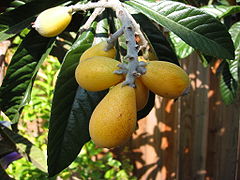 At the top of the list for an apricot replacement next fall is the loquat. Delicious fruits. Low water needs. Ornamental evergreen tree, with a manageable final size. And the tree actually bears well in this climate.
At the top of the list for an apricot replacement next fall is the loquat. Delicious fruits. Low water needs. Ornamental evergreen tree, with a manageable final size. And the tree actually bears well in this climate.
(Image: Oldie, from the Wikimedia Commons, made available under GNU Free Documentation License, Version 1.2)

